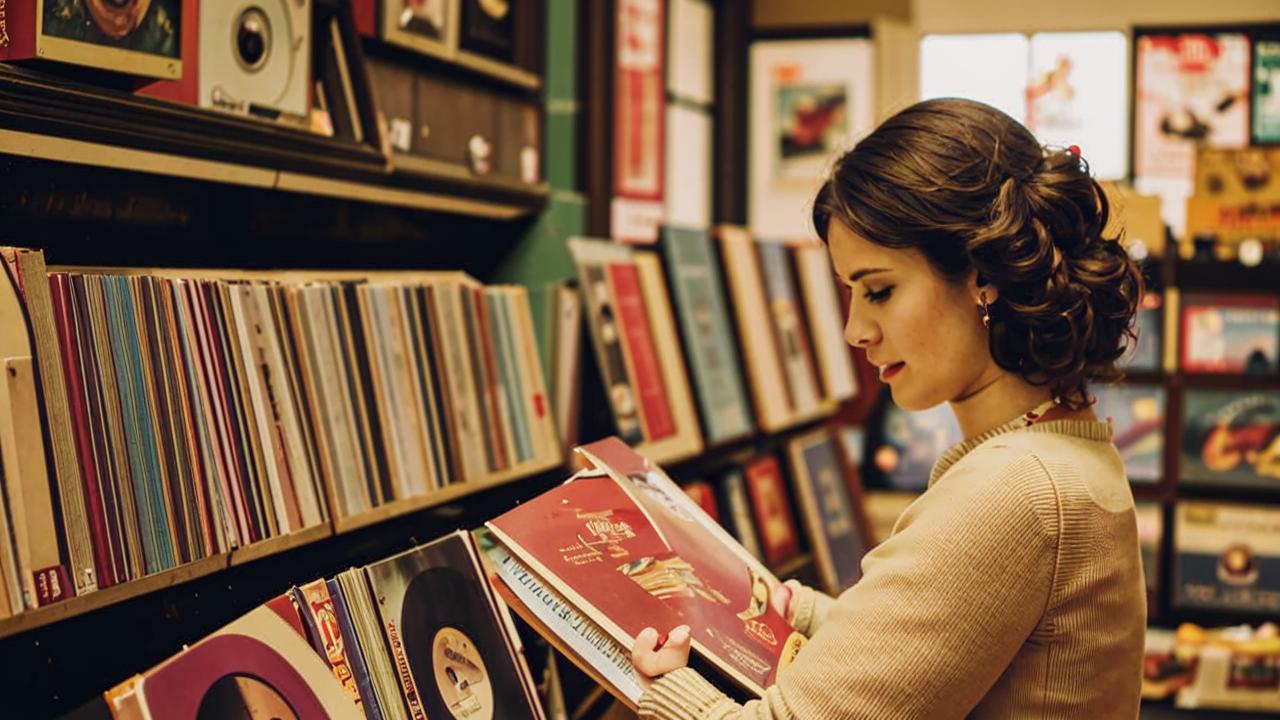Tight jeans, plaid shirts, massive glasses and a cup of coffee in your hands… What image flashed in your head? Surely you remember the distant noughties, and with them the representatives of a popular subculture at that time – hipsters. These young people were not like the rest. They easily stood out from the crowd and among other subcultures.
Their style, lifestyles, and even professions were different from the majority. They influenced the culture and set new trends that have become a regular part of our lives today. Let’s explore with an expert who hipsters are, how they came to be, and what makes them unique.

fashion researcher, personal stylist
“Hipsters appeared in the early XX century, but this subculture was actively spread in the noughties. I’m telling you who they are and what is their peculiarity”.
What we will tell about
History of origin
In fact, the first hipsters appeared back in the 1940s in the United States. They stood out for their independent thinking, interest in art and unconventional fashion. The peculiarity of hipsters of the 1940s was a passion for jazz and beat culture. It was it that united young people.
The term “hipster” came from the word hip, which meant to be “in the theme” or “in the know”. Supporters of the movement sought to differ from others and looked for new forms of self-expression.
In the 2000s, the hipster subculture was revived, but in a different format. The new generation became associated with independent music, vintage clothes, coffee shops, ecological lifestyle and interest in modern art. Hipsters were recognized as masters of irony and lovers of unique things. They avoided things that became too popular.

Society’s perception of hipsters varied depending on the time and context. Some saw only positive traits in them. They were associated with creativity, individuality, and innovation in the world of fashion and art.
Others saw their desire for uniqueness as a way to stand out and emphasize their status. This caused mixed feelings in people. However, hipsters continued to play an important role in fashion and art, remaining an influential part of the culture.
Characteristics of hipsters
As in the last century, hipsters continue to stand up for the right to freedom, from self-expression to the socio-political aspect. In general, they can be compared in some ways with the popular hippie movement. But the differences are still present. Hipsters are supporters of the benefits of civilization. They appreciate comfort, modern gadgets and progress in general.
First of all, I note that the subculture of hipsters is not only about style. They also differ in their outlook, life attitudes and tastes. Supporters of this trend have a weakness for vintage technology and clothing, show interest in fashion, indie rock and alternative music. They are fascinated by art-house style movies and art in general.
Modern hipsters find themselves in a variety of creative professions. This is not only music, but also literature, photography, blogging, fine arts.
Style of hipsters
These days, the desire of hipsters to experiment in clothing and images in general does not cause much rejection. The modern world has become loyal to unexpected combinations. However, critics point to the fear of hipsters to be similar to the main gray mass, but at the same time between themselves they are surprisingly identical both in clothing and in the manner of behavior.
In general, hipsters give preference to plaid shirts, large knit sweaters, T-shirts with various prints – from all sorts of inscriptions to comic book heroes. Also the image will be incomplete without tight jeans or pants of various shades – from classic black to defiantly bright.

Their style can still be attributed to unisex. Many closet items are found on both men and women. Although the fair half also wears dresses and skirts.
Representatives of this youth subculture choose comfortable and comfortable shoes. Usually they are sneakers or boots like the classic Dr. Martens. The color palette here is as diverse as possible.
A real hipster is sure to use iconic accessories in his image. For example, glasses with transparent glasses in a massive frame, beanie caps, hats. And male representatives also prefer to grow a beard.
The influence of hipsters on culture
Fashion
Hipsters brought with them a new wave of fashion that combines vintage elements. They popularized the wearing of second hand clothes. Vintage sunglasses, beards, skinny jeans, retro sneakers and handmade accessories became iconic elements of hipster style. This approach to fashion changed the perception of uniqueness and made it more accessible. Many designers and big brands were thus inspired to create collections with vintage and handmade elements.
Art
Hipster culture is particularly associated with street art and DIY aesthetics (do it yourself, or “do it yourself”). It popularized the trend of creating objects from improvised materials, as well as the use of graffiti and street art as expressive media. Many urban spaces decorated with installations owe their appearance to the influence of hipsters.
Music
The musical preferences of hipsters played an important role in the development of indie music and independent labels. They became major consumers and promoters of genres such as indie rock, folk, synth pop, and electronic music. Hipsters also actively supported independent artists by attending concerts and buying albums. The fashion for vinyl records is also a credit to them.

Hipsters today
Hipster subculture, as it existed in the noughties and early 10s, gradually lost its sharpness and uniqueness. Many of the characteristic features for this current – vintage, love of author’s music, ecological lifestyle – turned out to be mainstream and influenced modern mass culture. Being a hipster became fashionable.
Today, elements of this style are so popular that it is difficult to identify them as part of a specific subculture. For example, fashion brands actively use vintage and handmade details in their collections. Coffee shops with author’s coffee have become commonplace even in small towns, and concern for ecology and sustainable consumption is part of everyday life.
Nevertheless, the spirit of hipsterism continues to live on in various forms. People who used to belong to this subculture still exist, but now they do not stand out among the rest.






